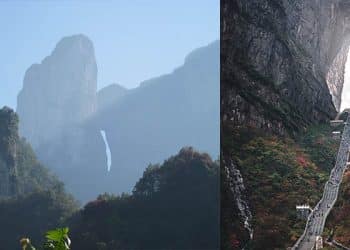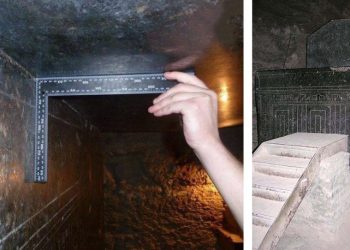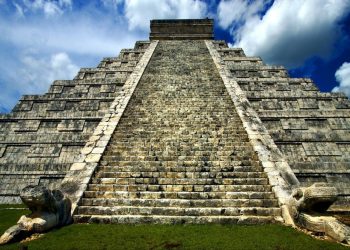Nestled high in the Andes, Salar de Uyuni in Bolivia is more than just a breathtaking sight. Beneath its gleaming, mirror-like surface lies one of the planet’s most significant lithium reserves. Stretching across 4,000 square miles (10,400 square kilometers), this salt desert is famous for its endless white plains and the stunning hexagonal salt patterns that dot its driest areas. But below this serene landscape, it’s hiding something even more valuable—11 million tons of lithium.
Salar de Uyuni sits at an altitude of 12,000 feet (3,660 meters), but this area wasn’t always so high. About 5 million years ago, this region was much lower, and massive prehistoric lakes once covered the land. Over time, those lakes evaporated due to extreme heat and scarce rainfall, leaving behind the salt-crusted desert we see today. The land was then pushed up by tectonic activity, creating the salt flats at this elevated plateau.
How Lithium Ended Up in the World’s Largest Salt Desert
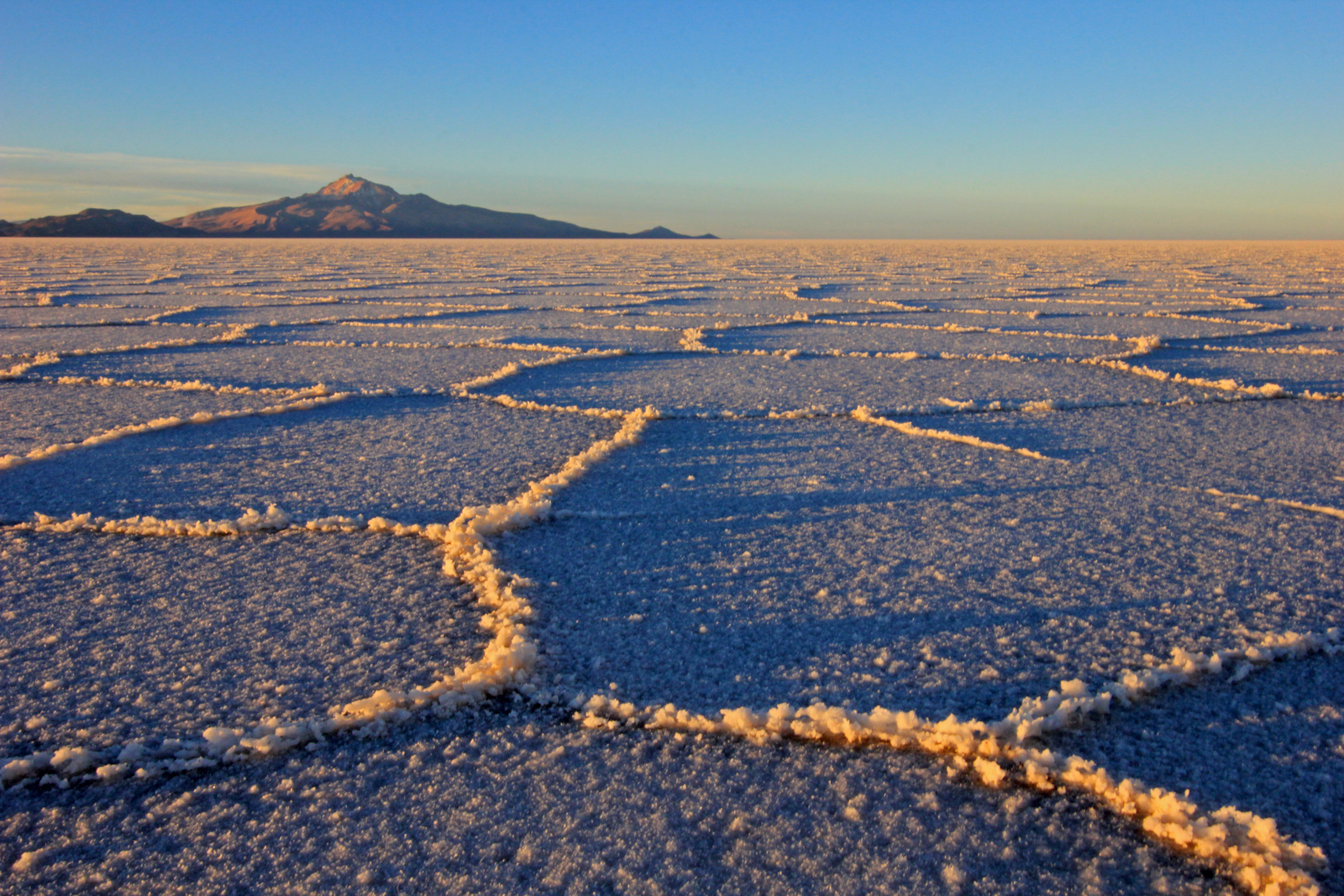
Compared to other salt flats, such as Salar de Atacama in Chile, Salar de Uyuni is relatively thin, with a crust only about 10 to 33 feet (3 to 10 meters) thick. But what makes this region special is the lithium-rich brine that sits below the salt crust. The mountains surrounding the desert play a crucial role here. The peaks, which are rich in minerals like lithium due to volcanic and hydrothermal activity, feed freshwater into the salt flat. As water flows down, it collects lithium from the rocks and seeps into the brine layer, which holds the precious resource.
One fascinating feature of Salar de Uyuni is the process of freshwater upwelling. Water from the surrounding snow-capped mountains slips beneath the salt crust, where it separates from the brine due to differences in salinity. Because freshwater is less dense, it “floats” above the salt water, sometimes creating small lakes on the salt flat itself. These lakes, vital for wildlife like flamingos, vary in size depending on the season.
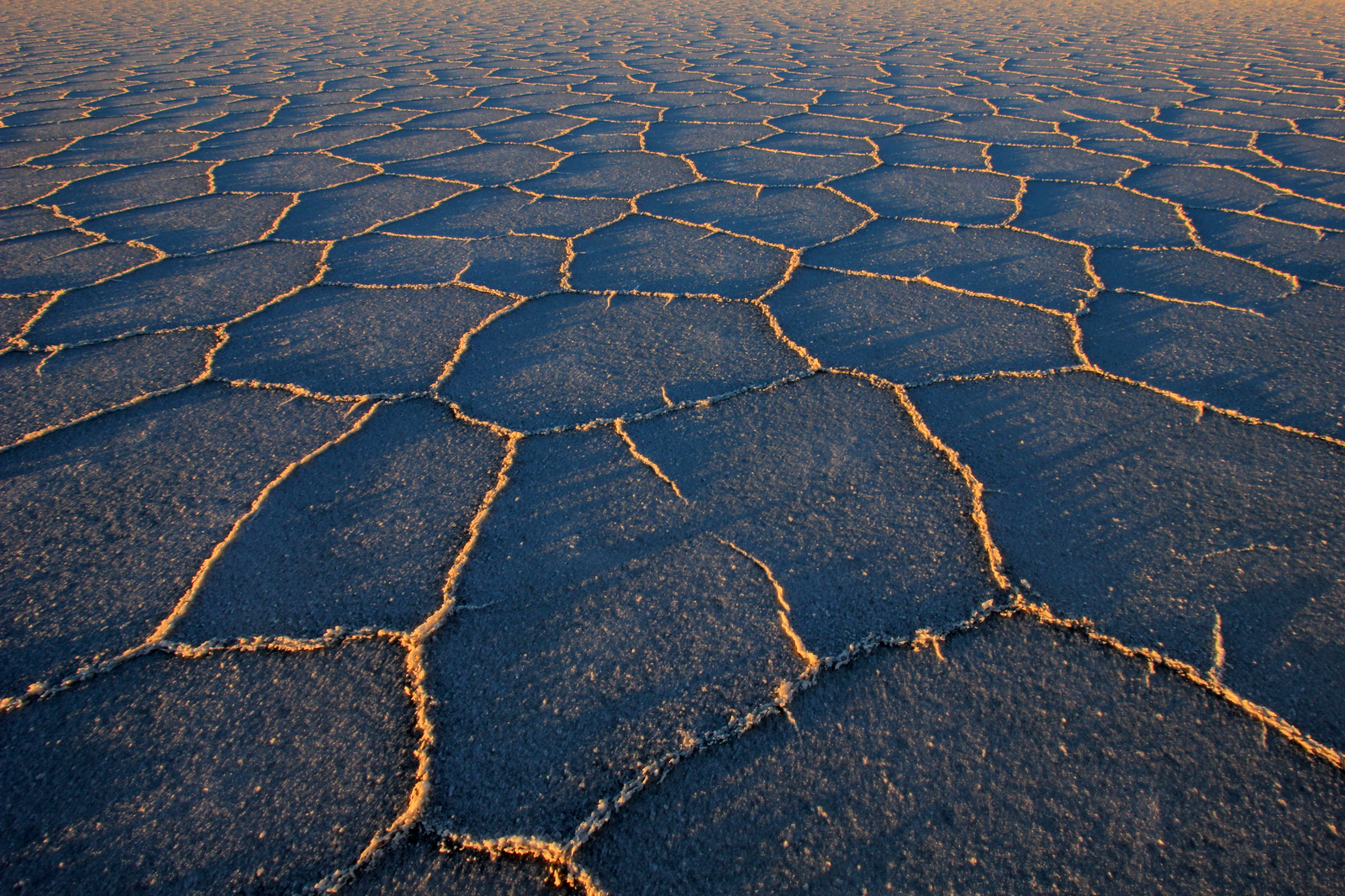
Bolivia’s Key to the Global Lithium Supply
Salar de Uyuni lies in a region known as the Lithium Triangle, which spans Bolivia, Chile, and Argentina. Together, these areas hold 75% of the world’s lithium, with Salar de Uyuni believed to contain up to 38% of the global supply. Some estimates place this number even higher, suggesting the desert could hold up to 50% of the world’s known lithium resources.
But despite this wealth, extracting lithium from the salt flat is no easy task. Sarah McKnight, a hydrogeologist from the University of Dayton, explains that the lithium is so spread out across the desert that current technology isn’t advanced enough to extract it economically. While many companies have explored the potential for mining here, the fragile ecosystem of the salt flats is a concern. McKnight emphasizes that Salar de Uyuni’s ecosystem is incredibly delicate, and large-scale mining could threaten the region’s natural beauty and the wildlife that depends on it.






